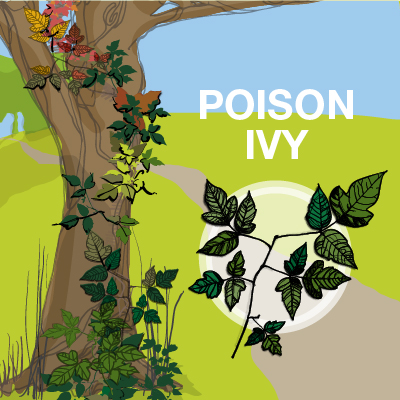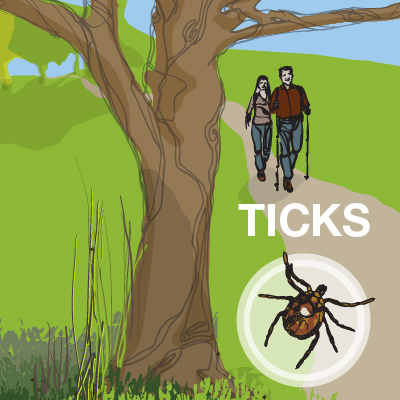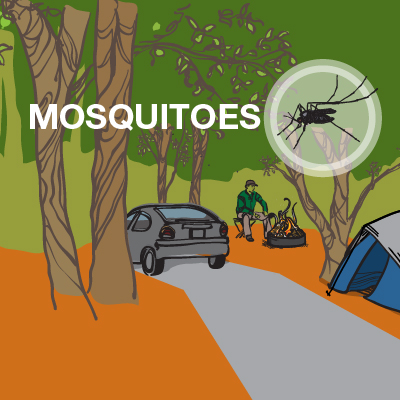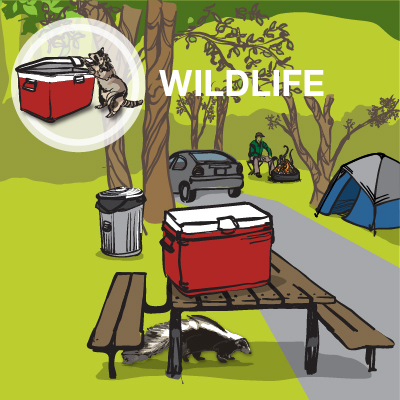Nature provides the perfect setting for enjoying Missouri state parks and historic sites. The natural world, however, is home to a few plants and animals that could affect your outdoor experience. Here are some suggestions on how to make sure your outdoor experience is a positive one.
How to recognize it:
If you come into contact with poison ivy:
Remember these tips: |
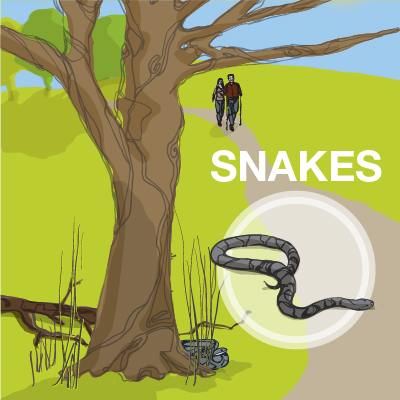
|
Missouri is home to 47 species and subspecies of snake. These snakes range in size from a wormlike 7 inches to 72 inches (6 feet) in length. Of these species, only five are venomous: the timber rattlesnake (in decline statewide), the western pygmy rattlesnake (southern Missouri), the massasauga rattlesnake (endangered species north central/northwest Missouri), the western cottonmouth (southeastern Missouri) and the Osage copperhead (common statewide). Keep Yourself and Missouri’s Snakes Safe
|
|
Click here for information on ticks. |
|
Click here for information on mosquitoes. |
Help Missouri keep wildlife wild and yourself safe!
|
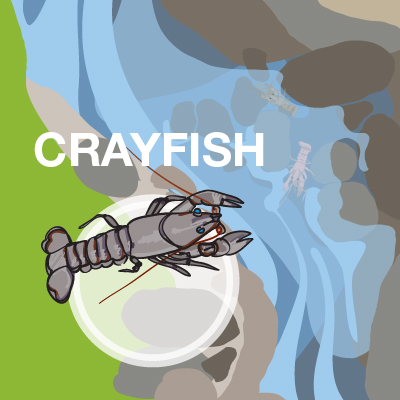
Protect our waters by protecting our crayfish!Crayfish go by many names – crawfish, crawdad, mudbug and more. Missouri is home to 35 species of crayfish, which represents 10% of the nation’s species. Eight of Missouri’s species can be found nowhere else in the world. Crayfish can be fun to watch in Missouri’s rivers and streams, but they are also critical to proper function of our many bodies of water. Invasive crayfish can out-compete native species, spread disease, hurt fishing and harm the aquatic ecosystem. You can help stop the spread of invasive crayfish by following these tips:
|







